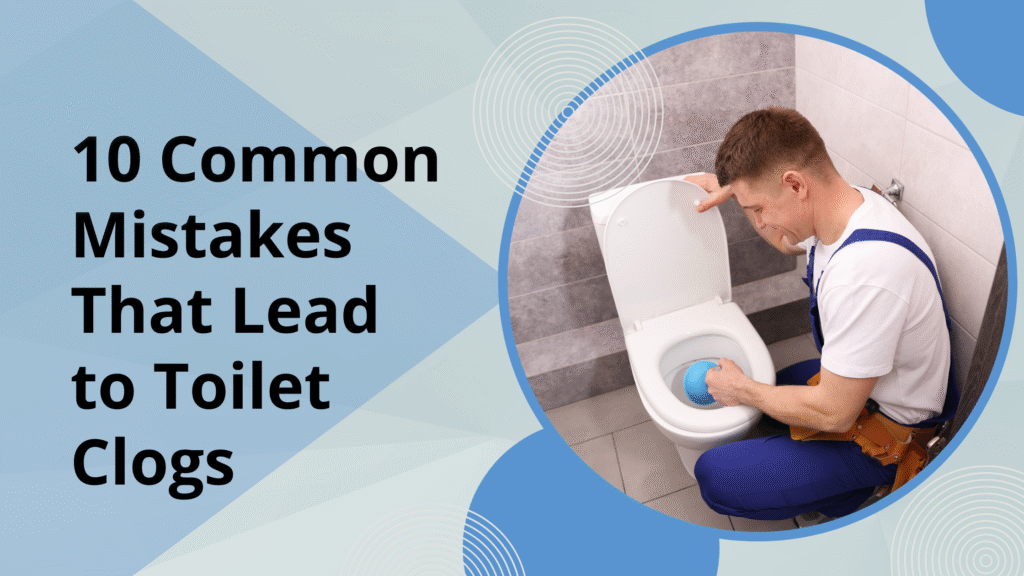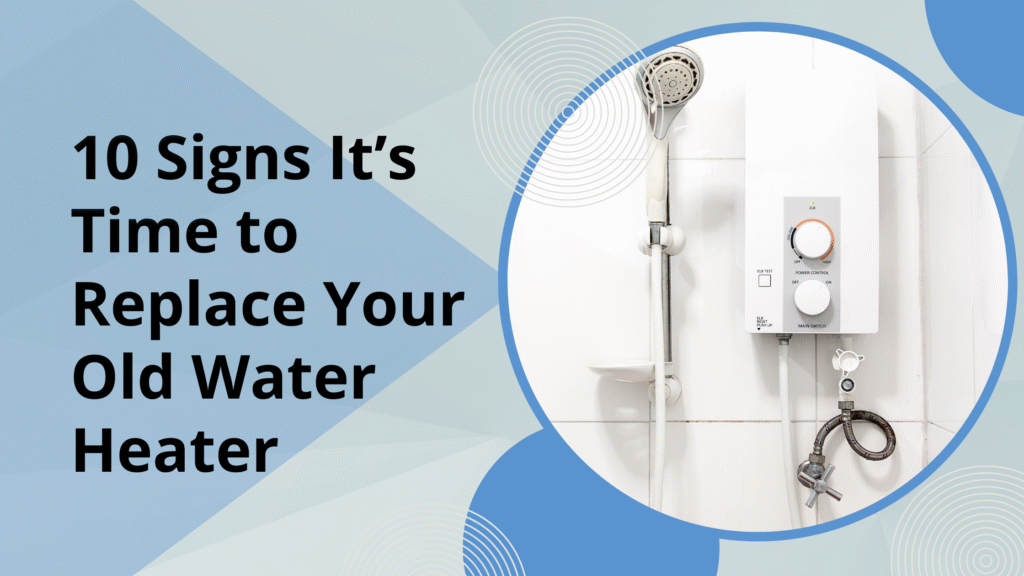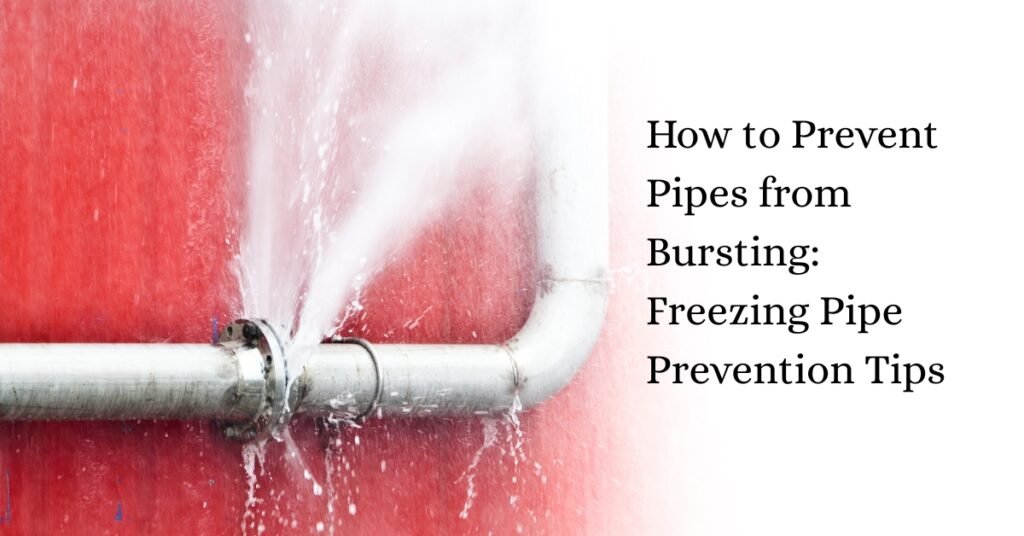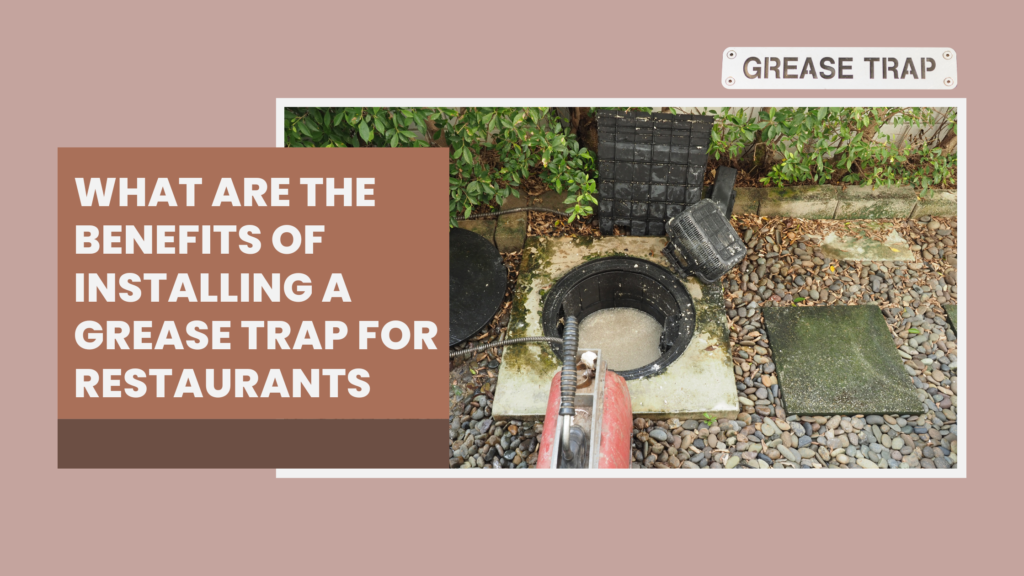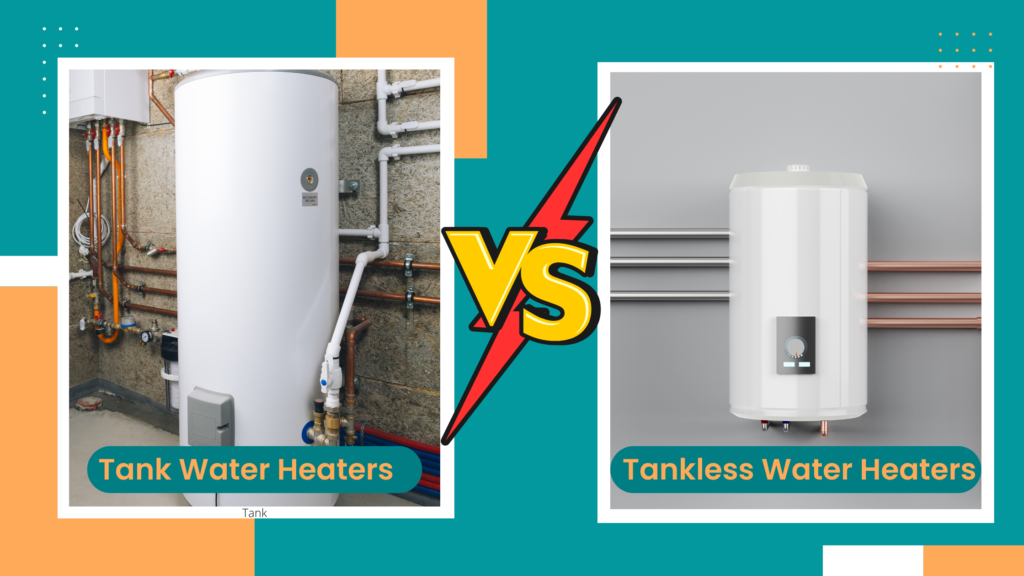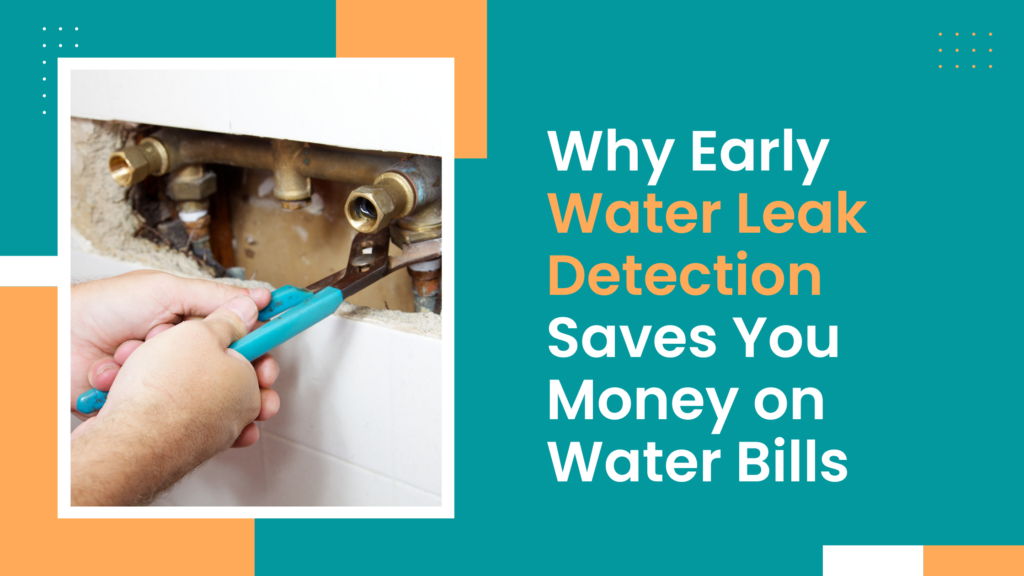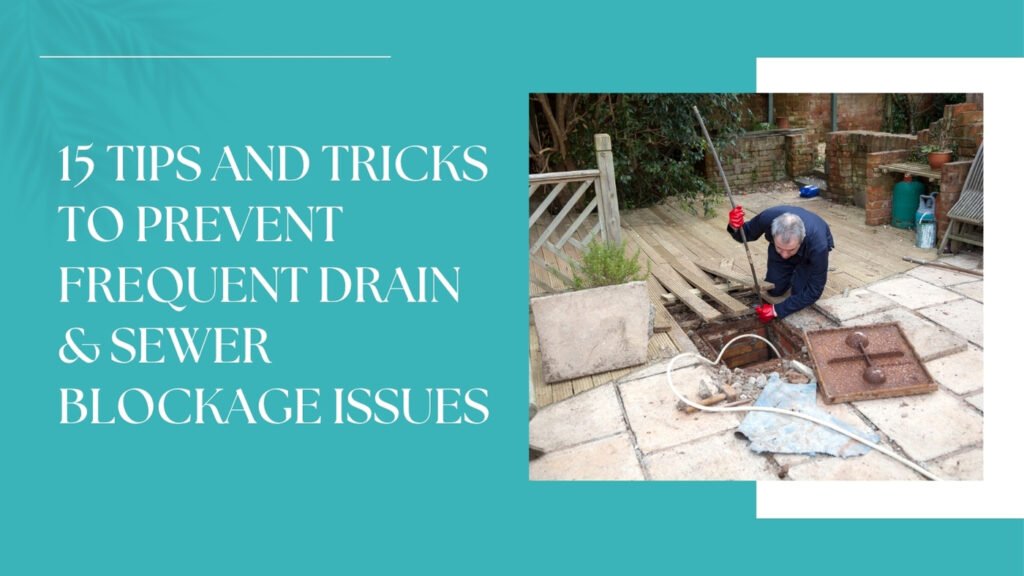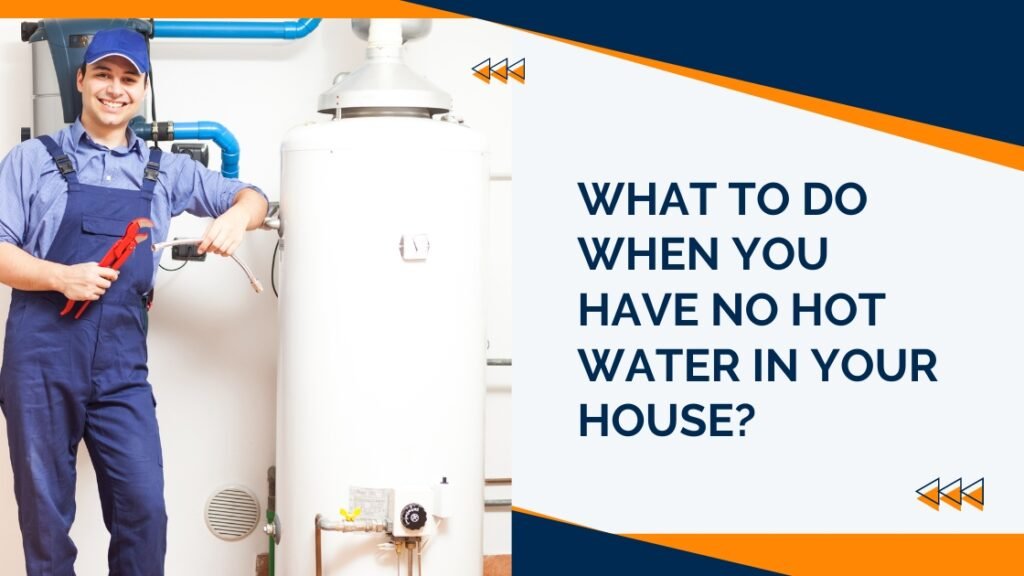Everything You Need to Know about Heat Pump Installation
Heat pumps are an eco-friendly and energy-efficient heating and cooling solution gaining popularity among homeowners. If you’re considering installing a heat pump in your home, it’s crucial to understand the process to ensure optimal performance and energy savings.
Everything You Need to Know About Heat Pump Installation:
1.How do I Choose the Right Heat Pump?
Selecting the right heat pump for your home is a critical step in ensuring efficient heating and cooling. There are several factors to consider when making this decision. First, assess your specific heating and cooling needs based on your climate and the size of your living space.
Air-source heat pumps are well-suited for moderate climates, while ground-source (geothermal) heat pumps are more efficient in extreme climates. Next, consider your available space for installation; ground-source heat pumps require adequate land for horizontal or vertical loop systems. Additionally, consider your budget and long-term savings potential, as heat pumps can provide significant energy savings over traditional heating and cooling systems.
2. Should I Hire a Qualified HVAC Professional?
Installing a heat pump is a complex task that requires expertise and experience. Hiring a qualified HVAC professional is crucial to ensure a seamless installation process. Look for technicians who are licensed, insured, and have experience working with heat pump systems. C
onsulting with a qualified HVAC professional is highly recommended to help you make an informed choice, as they can conduct a thorough assessment and recommend the most suitable heat pump based on your unique requirements. Making the right decision will not only ensure year-round comfort but also maximize energy efficiency and reduce your environmental impact.
3. Where to Perform the Installation?
Assessing the installation location is of paramount importance in heat pump installation as it directly impacts the system’s overall performance and efficiency. The proper positioning of the heat pump unit, whether it’s an air-source or ground-source system, greatly affects its ability to extract and dissipate heat effectively.
For air-source heat pumps, the outdoor placement should have ample space around it to ensure sufficient airflow and minimize noise disturbances. On the other hand, ground-source heat pumps require careful consideration of the available land for horizontal loop installation or the possibility of drilling vertical wells. The chosen location should also be free from obstructions that could restrict airflow or cause air recirculation.
4. Does Size of the Heat Pump Matter?
. Absolutely, the size of the heat pump matters significantly when it comes to its overall efficiency and performance. A properly sized heat pump is crucial for optimal operation and energy savings. If the heat pump is too small for the space it needs to heat or cool, it will struggle to meet the demand, leading to inadequate comfort levels and increased energy consumption as it constantly operates at full capacity. On the other hand, an oversized heat pump might short cycle, turning on and off frequently, which not only wastes energy but also puts unnecessary stress on the system, potentially leading to premature wear and tear.
To determine the right size, HVAC professionals use Manual J calculations, considering factors such as the home’s square footage, insulation, climate, and windows. By selecting the correct size, homeowners can ensure their heat pump operates efficiently, providing consistent comfort and significant energy savings over time.
5. How to Select Ductwork and Airflow?
Selecting the right ductwork and ensuring proper airflow is a crucial aspect of heat pump installation to maximize its efficiency and performance. Before installation, HVAC professionals assess the existing ductwork for compatibility with the heat pump system. Leaks, blockages, or inadequate insulation can lead to heat loss during air distribution, reducing the unit’s overall efficiency.
Upgrading or repairing the ductwork, if necessary, is essential to optimize the heat pump’s performance. Properly designed and sealed ducts not only improve energy efficiency but also enhance indoor air quality by preventing dust and pollutants from entering the system. Additionally, technicians ensure that the airflow is balanced throughout the home to maintain consistent temperatures in each room. By paying close attention to ductwork and airflow, homeowners can enjoy the full benefits of their heat pump, experiencing enhanced comfort and energy savings while also prolonging the system’s lifespan.
6. Should I consider Environment Conditions?
Be sure your chosen technician is certified to handle and dispose of refrigerants responsibly. considering environmental conditions is crucial when installing a heat pump. Environmental factors, such as climate, landscape, and local regulations, play a significant role in determining the most suitable type of heat pump and its installation requirements.
For instance, if you live in an area with harsh winters, a ground-source (geothermal) heat pump may be more efficient, as it can draw stable heat from the ground year-round. On the other hand, in milder climates, an air-source heat pump might be a more cost-effective option. Moreover, the available space for installation must be evaluated, especially for ground-source heat pumps, which require adequate land for loop systems or drilling wells. Complying with local regulations and codes is essential to ensure a safe and legal installation. By considering these environmental conditions, you can make an informed decision, maximizing the heat pump’s performance, efficiency, and longevity while minimizing its impact on the surrounding environment.
7. What are Electrical Requirements?
Heat pumps require a stable and dedicated electrical supply. Upgrading your electrical system, if necessary, ensures the unit operates efficiently without overloading existing circuits. Understanding and meeting the electrical requirements during heat pump installation is crucial to ensure the system operates smoothly and efficiently. Heat pumps require a stable and dedicated electrical supply to handle the power demands of their compressors and fans.
Proper wiring and connections are essential for safety and to prevent electrical issues that could damage the unit. Additionally, homeowners must ensure that their electrical system meets local codes and regulations for heat pump installations. By addressing the electrical requirements adequately, homeowners can rest assured that their heat pump will function reliably and efficiently, providing optimal heating and cooling performance for their home.
8. How to perform Thermostat Installation?
Performing thermostat installation is a straightforward process, but it requires attention to detail to ensure proper functionality. First, turn off the power to the heating and cooling system at the circuit breaker to ensure safety during the installation. Next, remove the old thermostat from the wall by unscrewing it and disconnecting the wires.
Take note of the wire colors and their corresponding labels to connect them correctly to the new thermostat. Install the new thermostat base on the wall and secure it with screws. Connect the wires to their corresponding terminals on the new thermostat, following the manufacturer’s instructions. Once the wiring is complete, attach the thermostat cover and turn on the power at the circuit breaker. Follow the setup instructions provided with the thermostat to configure the settings, such as heating and cooling preferences and scheduling options. With the installation complete, homeowners can now enjoy precise temperature control and energy-efficient operation of their heat pump system.
9. How to do Post-Installation Maintenance?
Post-installation maintenance is essential to ensure the long-term efficiency and performance of your heat pump system. Regular maintenance helps prevent potential issues, ensures optimal operation, and extends the lifespan of the unit. Here are some essential steps for post-installation maintenance.
Firstly, schedule annual maintenance checks with a qualified HVAC technician to inspect the heat pump thoroughly. This includes cleaning or replacing air filters, which improves indoor air quality and helps the system run smoothly. Secondly, the technician will check the refrigerant levels and ensure there are no leaks, as refrigerant is crucial for the heat pump’s cooling and heating processes. Thirdly, they will inspect and clean the evaporator and condenser coils to maintain their efficiency.
Additionally, the technician will examine the ductwork for any leaks or blockages and make necessary repairs to ensure proper airflow. Finally, they will inspect electrical connections and components, lubricate moving parts, and calibrate the thermostat to optimize the heat pump’s performance. By following a regular maintenance schedule, homeowners can enjoy reliable and energy-efficient heating and cooling for many years.
A reputable heat pump installation company offers a comprehensive range of services to cater to the diverse needs of its customers. From the initial consultation, their team of experienced HVAC professionals assesses the specific requirements of each client, considering factors such as property size, budget, and environmental considerations.
They provide expert advice on the most suitable heat pump type and size for optimal performance and energy efficiency. The company handles the entire installation process, ensuring proper placement, ductwork evaluation, and refrigerant handling to guarantee a seamless and reliable system. Searching for the heat pump installation in American Canyon, you can contact the best plumbers.
In conclusion, heat pump installation in American Canyon CA is a wise investment in energy efficiency and sustainability. By selecting the right unit, hiring a qualified HVAC professional, and addressing key considerations like location, sizing, and maintenance, you can ensure your heat pump operates at its peak performance for years to come. Enjoy the comfort, savings, and eco-friendliness that a well-installed heat pump brings to your home.





